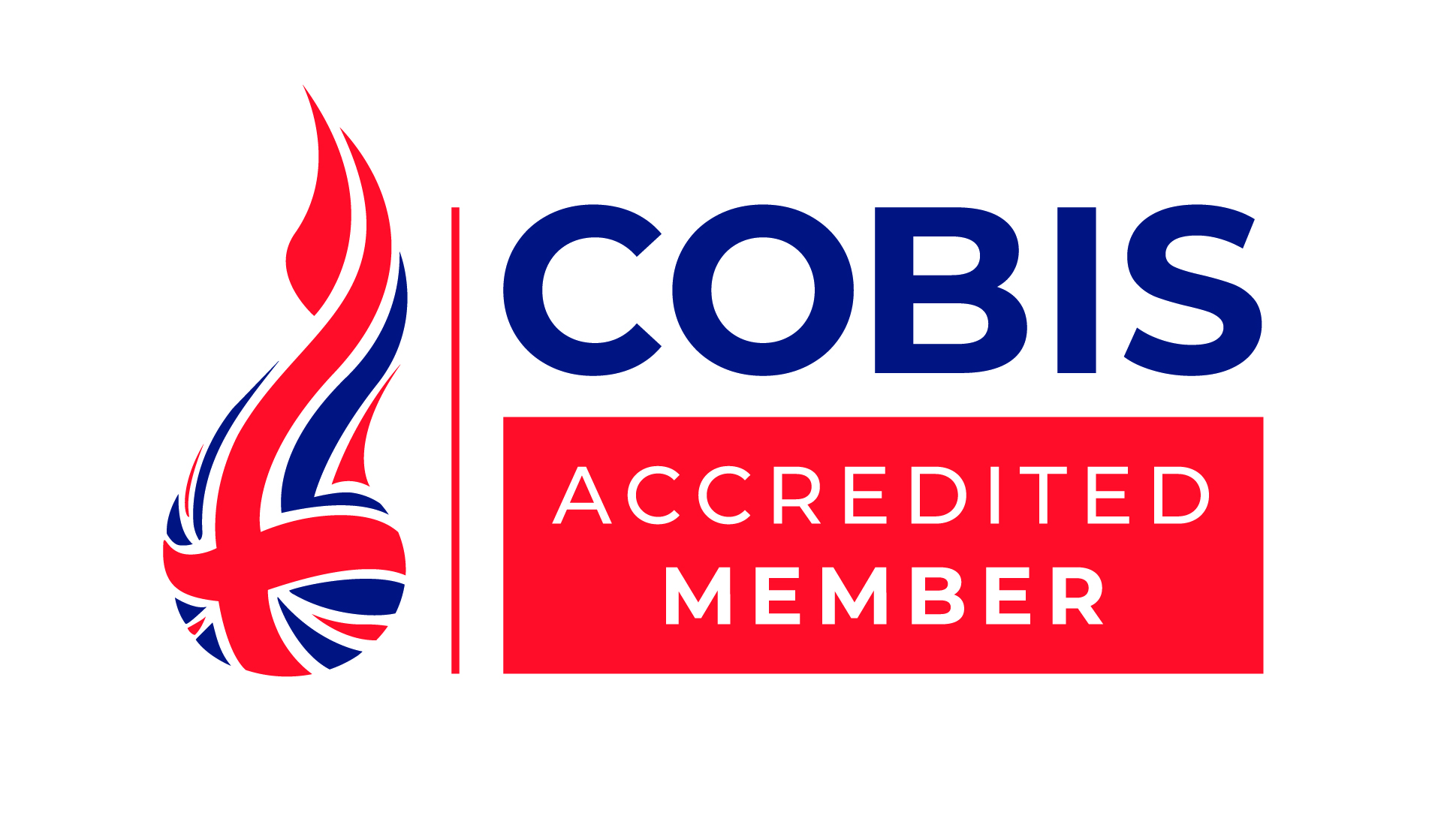Company ABC is planning to purchase new production equipment which cost $ 10M. The company expects to increase the revenue of $ 3M per year from this equipment, it also increases the operating expense of around $ 500,000 per year (exclude depreciation). The denominator in the formula is the amount of investment initially required to purchase the asset. If an old asset is replaced with a new one, the amount of initial investment would be reduced by any proceeds realized from the sale of old equipment. ARR is just one of many metrics that can be used in evaluating potential investments and projects.
Monthly Financial Reporting Template for CFOs
XYZ Company is considering investing in a project that requires an initial investment of $100,000 for some machinery. There will be net inflows of $20,000 for the first two years, $10,000 in years three and four, and $30,000 in year five. If the ARR is less than the required rate of return, the project should be rejected. A good ARR for a SaaS company often follows the Rule of 40, which suggests that a healthy business should have a combined ARR growth rate and profit margin exceeding 40%. Consistent year-over-year ARR growth indicates strong product-market fit and investment potential. You must exclude one-time fees, handle multi-year contracts correctly, and account for upgrades, downgrades, and variable components.
Accounting Rate of Return (ARR): Definition, How to Calculate, and Example
In capital budgeting, the accounting rate of return, otherwise known as the “simple rate of return”, is the average net income received on a project as a percentage of the average initial investment. Wrong ARR calculations can shake investor confidence and lead to poor business decisions. Our complete guide will help you become skilled at ARR calculations, from simple formulas to advanced tracking methods. Let’s explore what you need to know about measuring your company’s recurring revenue the right way. The machine costs $500,000, and it is expected to generate an average annual profit of $80,000 over its lifespan of 5 years.
How to Calculate ARR
A firm understanding of ARR is critical for financial decision-makers as it demonstrates the potential return on investment and is instrumental in strategic planning. Investment evaluation, capital budgeting, and financial analysis are all areas where ARR has a strong foundation. Its adaptability makes it useful for a wide range of applications, including assessing the economic profitability of projects, benchmarking performance, and improving resource allocation. Kings & Queens started a new project where they expect incremental annual revenue of 50,000 for the next ten years, and the estimated incremental cost for earning that revenue is 20,000. Based on this information, you are required to calculate the accounting rate of return.
- Hence using a calculator helps you omit the possibility of error to almost zero and enable you to do quick and easy calculations.
- Whereas average profit is fairly simple to calculate, there are several ways to calculate the average book value of investment.
- Below is the estimated cost of the project, along with revenue and annual expenses.
- For those new to ARR or who want to refresh their memory, we have created a short video which cover the calculation of ARR and considerations when making ARR calculations.
- It also relies on averages, potentially oversimplifying projects with fluctuating returns.
- In terms of decision making, if the ARR is equal to or greater than a company’s required rate of return, the project is acceptable because the company will earn at least the required rate of return.
Accounting Rate of Return Calculator
Customer data scattered across payment platforms and CRMs creates an incomplete picture of customer relationships. A solid foundation llc accounting: everything you need to know for advanced ARR tracking methods starts with avoiding these mistakes and using the simple formula correctly. The concept is straightforward – ARR shows what customers will pay yearly on an ongoing basis. Your business can see exactly how much revenue it might earn in any given year through recurring subscriptions or services.
- It is the percentage of average annual profit over the initial investment cost.
- The result is expressed as a percentage, providing a clear measure of profitability.
- A good ARR for a SaaS company often follows the Rule of 40, which suggests that a healthy business should have a combined ARR growth rate and profit margin exceeding 40%.
- It is a quick method of calculating the rate of return of a project – ignoring the time value of money.
- Depreciation is a practical accounting practice that allows the cost of a fixed asset to be dispersed or expensed.
- This can make ARR less reliable when comparing projects with different risk profiles.
One of the most critical drawbacks of the ARR method is that it ignores the time value of money (TVM). The TVM concept states that a rupee today is worth more than a rupee in the future due to its potential earning capacity. ARR treats all profits as equal, regardless of when they current and noncurrent liabilities on the balance sheet are received, which can be misleading.
Setting Up Your ARR Tracking System
The Accounting Rate of Return is a simple yet powerful metric for evaluating investment profitability. Its ease of use and alignment with accounting figures make it a popular choice for businesses and investors alike. Accounting Rate of Return (ARR) is a formula used to calculate the net income expected from an investment or asset compared to the initial cost of investment.
For those new to ARR or who want to refresh their memory, we have created a short video which cover the calculation of ARR and considerations when making ARR calculations. The total profit from the fixed asset investment is $35 million, which we’ll divide by five years to arrive at an average net income of $7 million. Below is the estimated cost of the project, along with revenue and annual expenses.
Average rate of return offers a simple way to calculate an investment’s potential for profit or risk. In this guide, we’ll cover how to calculate ARR as well as what to do with this information. Unlike more complex metrics such as Net Present Value (NPV) or Internal Rate of Return (IRR), ARR requires only basic financial data—investment cost and expected annual returns. Whether the investments are short-term CDs or long-term retirement plans, investments play a big role in Americans’ lives. The only way to tell whether an investment is worthwhile or not is to measure the return or amount of money the investment has made and is expected to make in the future.
The decision rule argues that a firm should choose the project with the highest accounting rate of return when given a choice between several projects to invest in. There are a number of formulas and metrics that companies can use to try and predict the average rate of return of a project or an asset. The P & G company is considering to purchase an equipment costing $45,000 to be used in packing department. The operating expenses of the equipment other than depreciation would be $3,000 per year.
ARR focuses solely on accounting profits and does not consider the timing of cash flows. This can be problematic because cash flows are essential for assessing an investment’s liquidity and risk. For instance, a project generating high profits but with delayed cash flows may not be as attractive as one with steady cash inflows. Whether it’s purchasing property, investing in a new software training program, or expanding into a new market, there are many investment decisions that businesses must make.
Remember the depreciation must be the cost of investment less the residual value. Finally, when you subtract the deprecation from the how can i invoice clients in hubstaff time tracking profits you divide by three to work out the average operating profit over the life of the project. The accounting rate of return formula is calculated by dividing the income from your investment by the cost of the investment. Usually both of these numbers are either annual numbers or an average of annual numbers.
Order to Cash
One of the easiest ways to figure out profitability is by using the accounting rate of return. Average Annual Profit is the total annual profit of the projects divided by the project terms, it is allowed to deduct the depreciation expense. However, in the general sense, what would constitute a “good” rate of return varies between investors, may differ according to individual circumstances, and may also differ according to investment goals. With the two schedules complete, we’ll now take the average of the fixed asset’s net income across the five-year time span and divide it by the average book value. Here we are not given annual revenue directly either directly yearly expenses and hence we shall calculate them per the below table.























